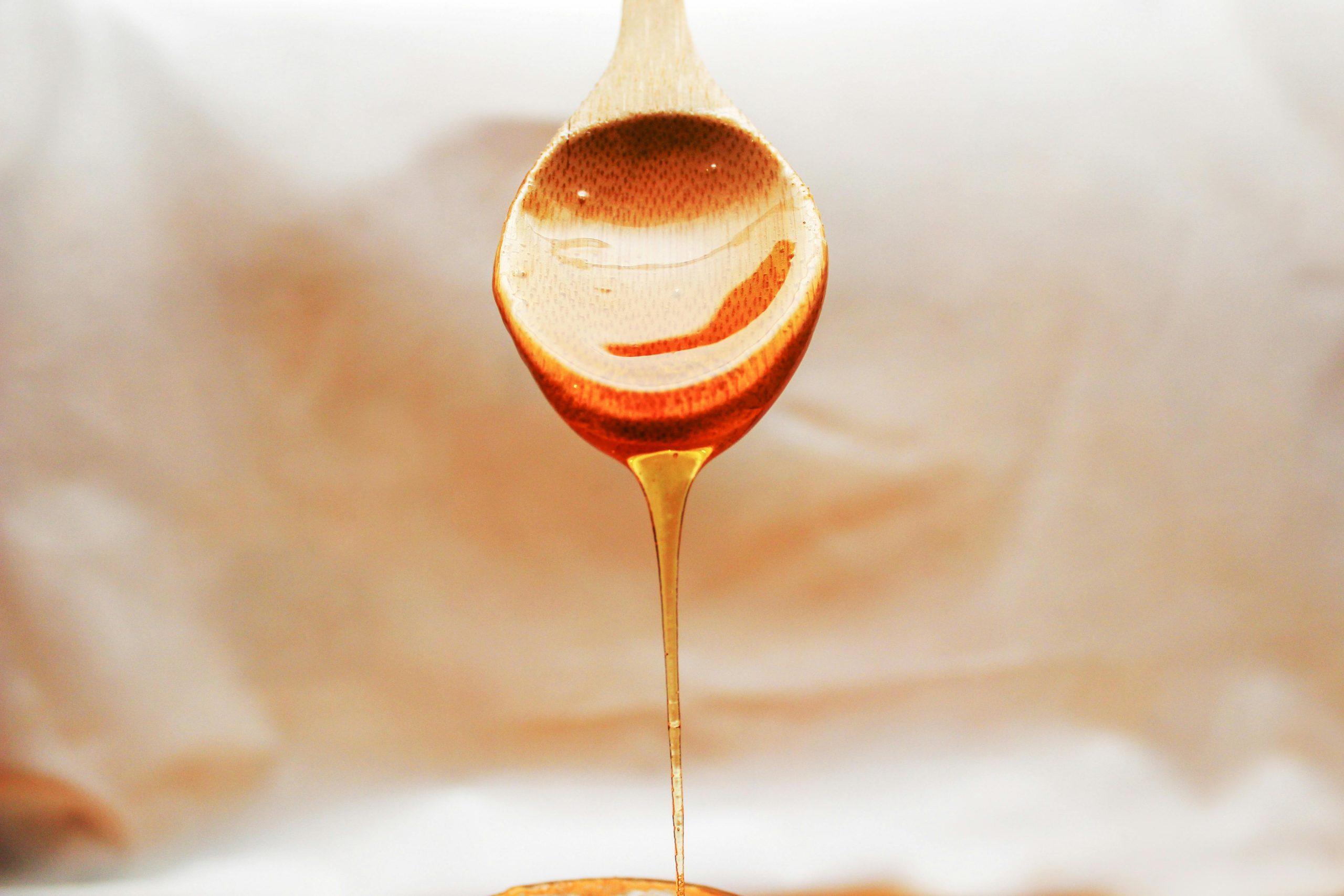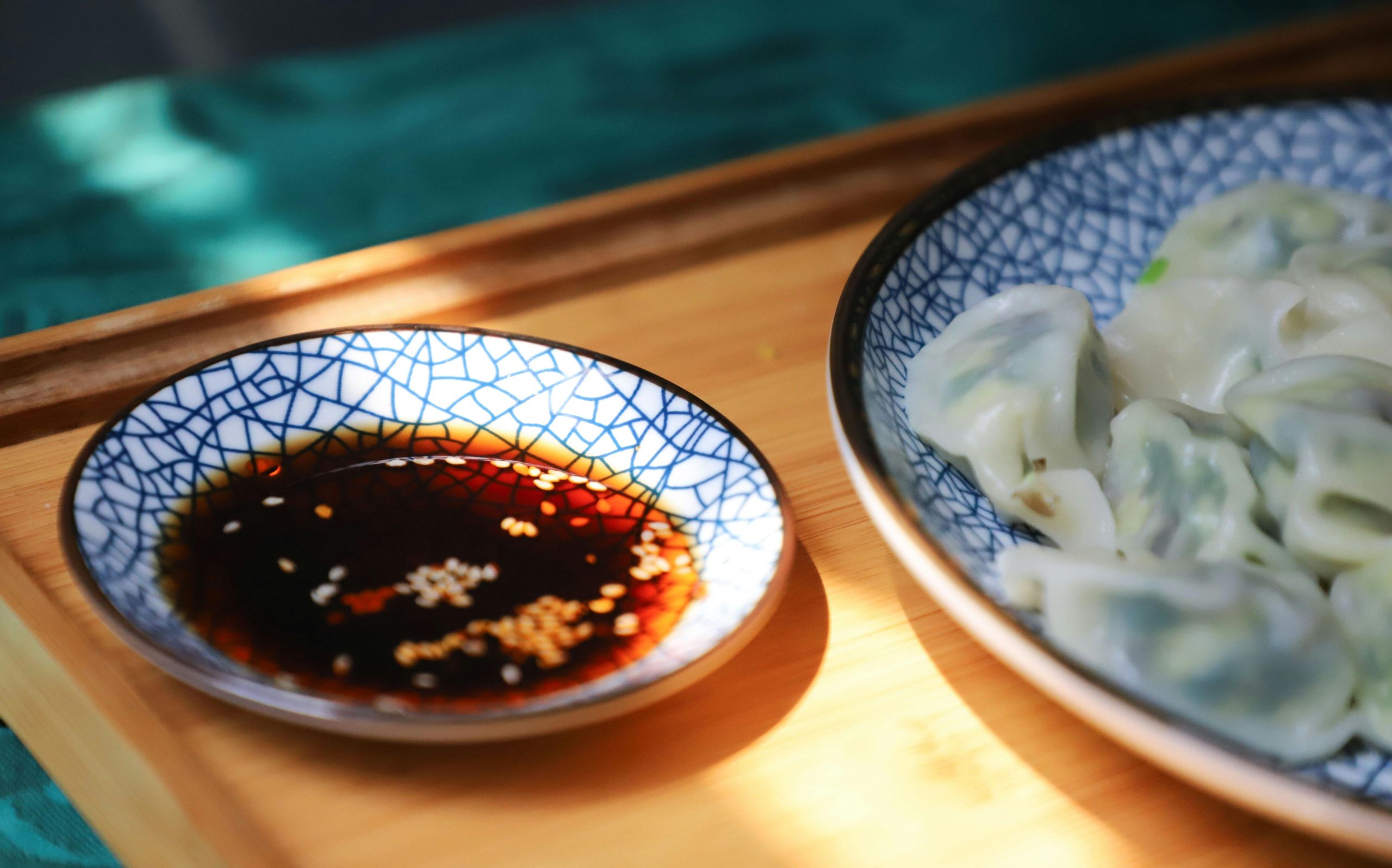Many of us have been trained to treat the “Best By” date on a food package as a strict expiration date, leading us to throw away perfectly good food. In reality, these dates are usually the manufacturer’s suggestion for when the product will be at its peak quality, not when it becomes unsafe to eat. Food safety experts confirm that many shelf-stable foods last for years, or even decades, beyond the date printed on the label. Understanding the true shelf life of these 10 foods can help you save a significant amount of money and dramatically reduce food waste.

1. Honey
Honey is a true miracle of nature, as it virtually never spoils. Its low moisture content and natural acidity create an environment where bacteria cannot survive. Archaeologists have even found pots of honey in ancient tombs that are thousands of years old and still perfectly edible. If your honey crystallizes over time, you can simply place the jar in a bowl of warm water to return it to its liquid state.
2. Hard Liquor
Unopened bottles of hard liquors like vodka, rum, whiskey, and gin have an indefinite shelf life. The high alcohol content acts as a powerful preservative that prevents any microbial growth. While the spirit might lose some of its subtle aroma after being opened for many years due to oxidation, it will remain perfectly safe to drink long after you purchase it.
3. Pure Vanilla Extract
Because it is made with alcohol, pure vanilla extract will also last forever. As long as you keep the bottle tightly sealed in a cool, dark cupboard, the flavor will not degrade. The alcohol prevents any bacteria from growing, so you never have to worry about that bottle of vanilla in the back of your pantry going bad.
4. Cornstarch
Cornstarch is a pure starch that will last indefinitely as long as you keep it dry. It does not provide a good environment for bacteria to grow. The only thing that can spoil cornstarch is exposure to moisture, which can cause it to clump or grow mold. Stored properly in an airtight container, it will be ready to thicken your sauces for years.
5. Salt
Salt is a mineral that people have used for centuries to preserve other foods. It is a stable compound that will never spoil or lose its flavor. The only issue you might encounter with salt over a very long period is caking if it absorbs moisture from the air, but this does not affect its safety or taste.
6. Sugar
Both white and brown sugar last indefinitely because, like salt and honey, sugar’s low moisture content prevents the growth of bacteria. The main challenge with storing sugar is keeping it dry and free of lumps. Brown sugar may harden over time as its moisture evaporates, but you can easily soften it again by adding a slice of bread to the container.
7. Unopened Mustard
A sealed container of mustard can last for up to three years past its “best by” date. The vinegar and salt in mustard act as natural preservatives that keep it safe to eat. While it may lose some of its pungency over a very long period, it will not spoil as long as the seal remains unbroken.
8. Soy Sauce

An unopened bottle of soy sauce can easily last for two to three years in your pantry. Its extremely high sodium content makes it an excellent preservative. Even after opening, soy sauce will last for at least a year in the refrigerator without any significant loss of quality.
9. Bouillon Cubes
Bouillon cubes are dehydrated and extremely high in salt, giving them a very long shelf life. They will remain safe and flavorful for years past the date on the box. They are an ideal item for long-term food storage because they take up very little space and provide a quick way to add flavor to soups and stews.
10. Canned Goods
As long as the can is not dented, rusted, or swollen, the food inside will remain safe to eat for years after the printed date. Low-acid canned foods like meat and vegetables can last for up to five years, while high-acid foods like tomatoes can last for about 18 months before their quality starts to decline. The canning process is designed for long-term preservation.
Understanding Food Dating
The key to reducing food waste is understanding that “Best By” and “Sell By” dates are not about safety, but rather about maintaining optimal quality. Most shelf-stable foods do not magically spoil the day after the date on the package. By trusting your senses and properly storing these long-lasting items, you can save money and keep perfectly good food out of the landfill.
What’s the oldest food item you have in your pantry? Have you ever eaten something that was long past its printed expiration date? Share your food storage tips!
Read More
12 Fast-Food Items That Taste Worse Than They Did Last Year
5 Foods That Go Bad Faster in Plastic Than Glass
The post 10 Foods That Last Longer Than You’re Being Told appeared first on Grocery Coupon Guide.







